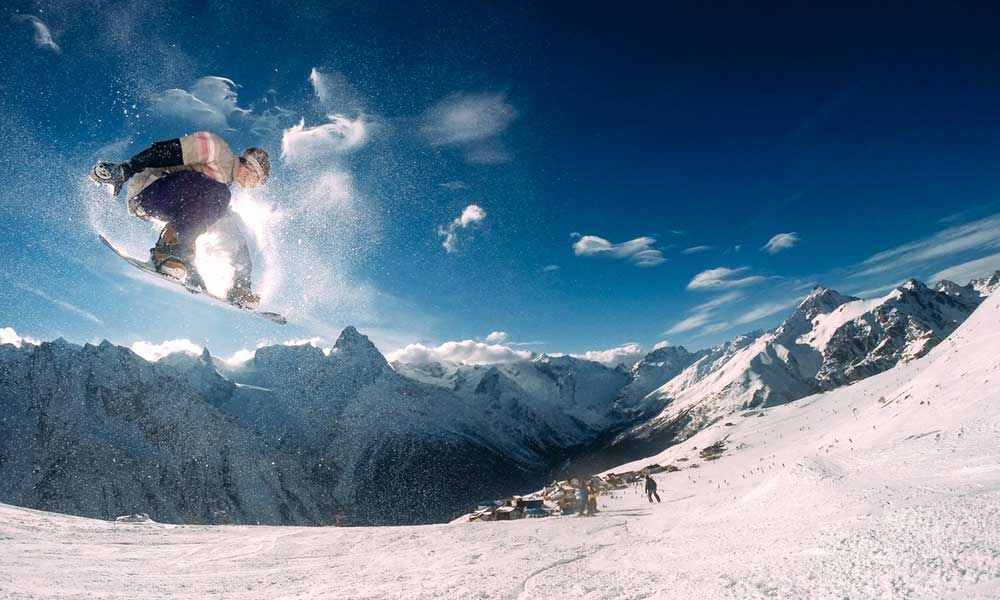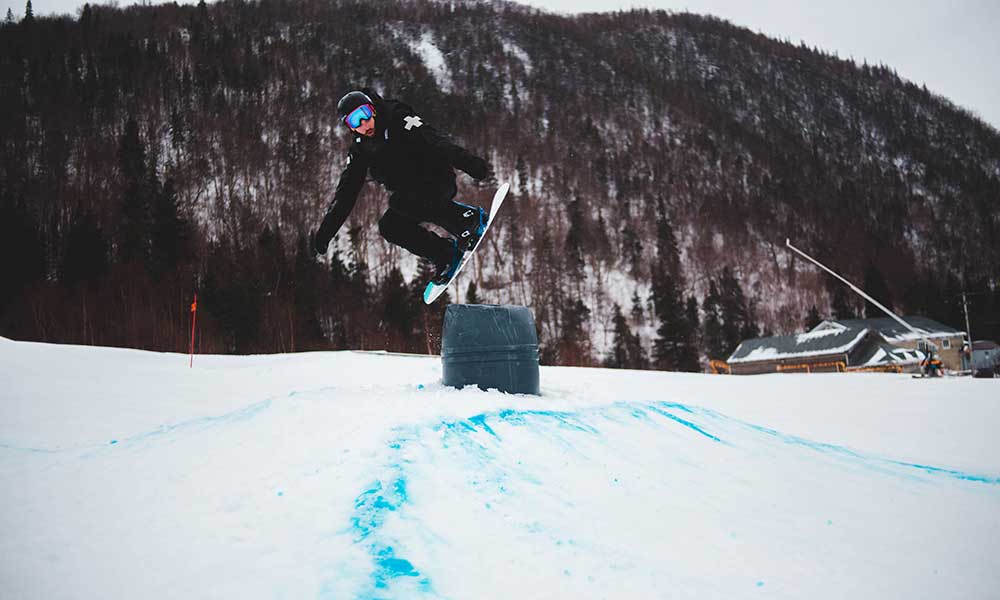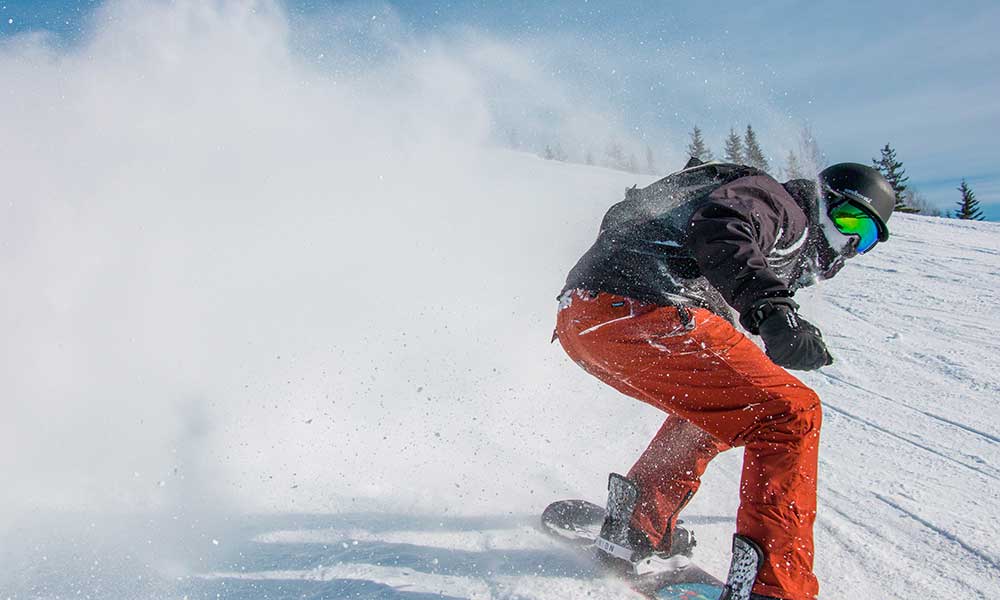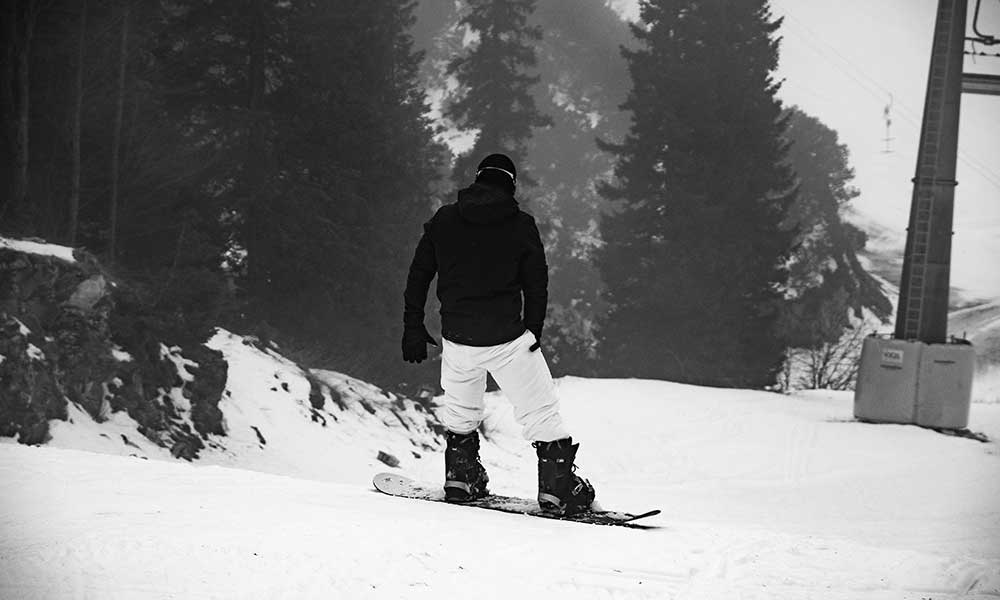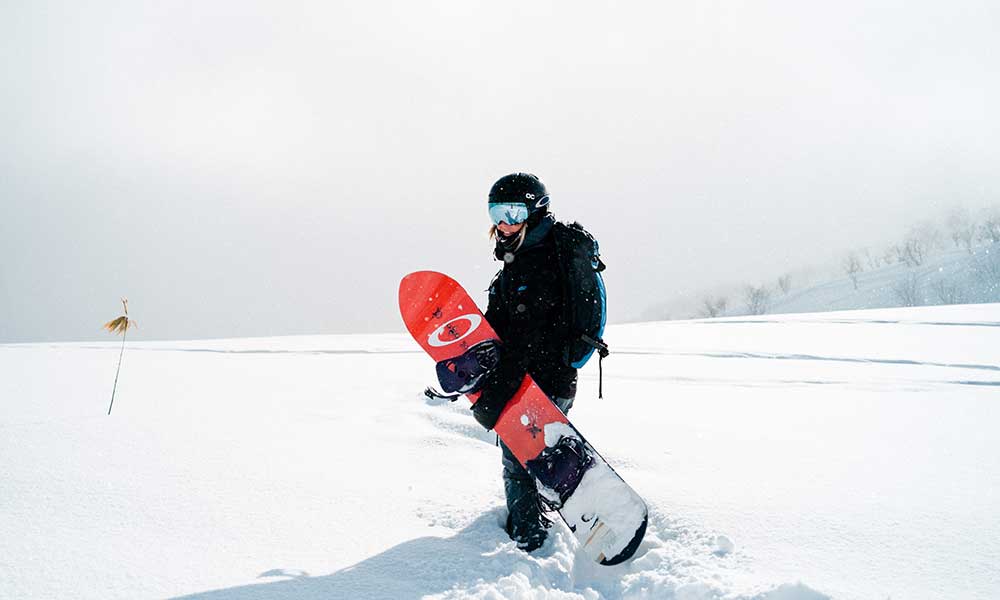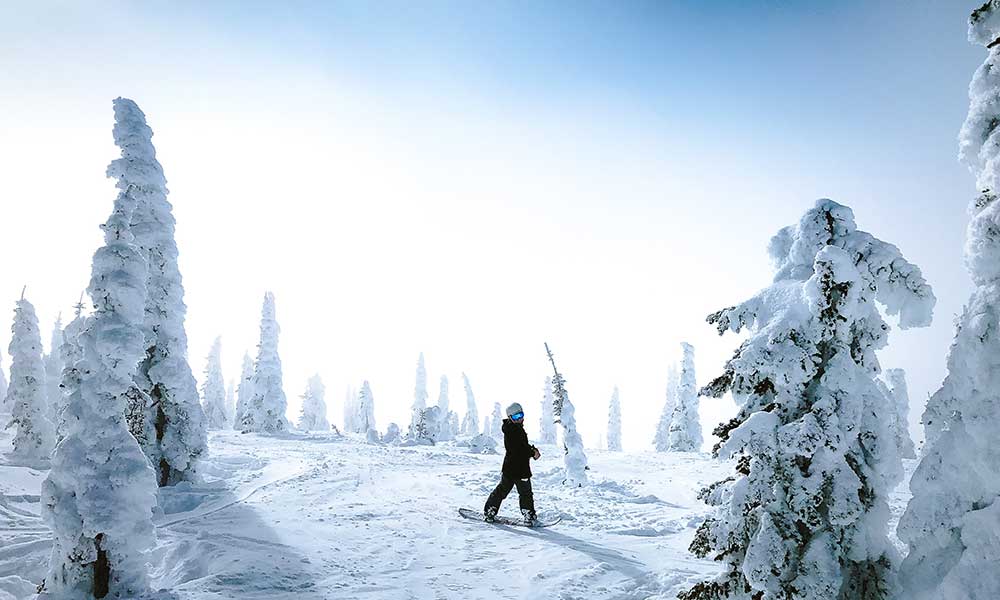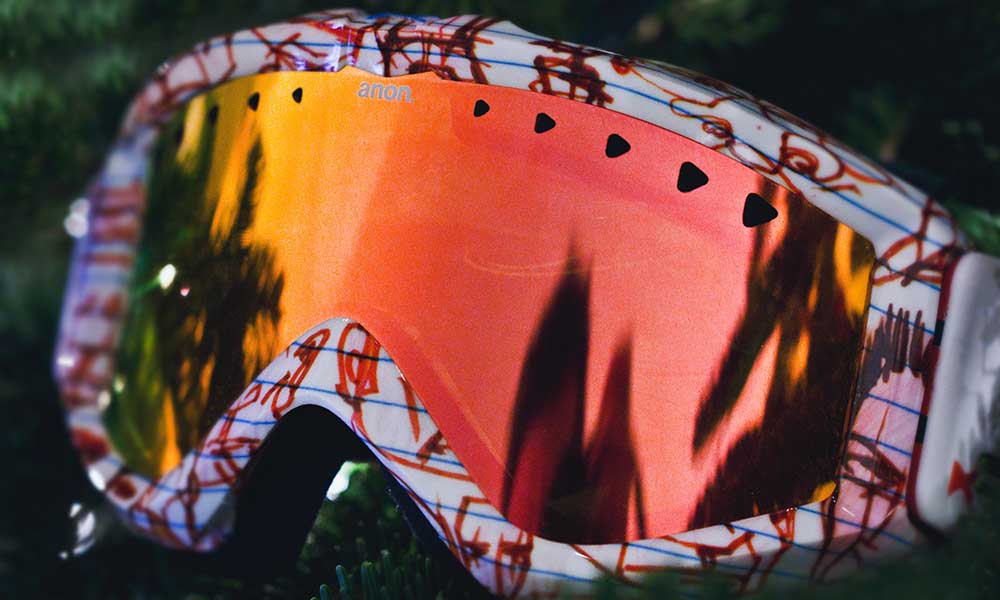Is snowboarding a dangerous sport? It’s a question on the minds of countless novice snowboarders, not to mention their parents and guardians.
But what does the research say—is this a dangerous sport or are those risks minimal?
Is Snowboarding Dangerous?
It’s not easy to determine whether a particular activity is dangerous or not.
Dangerous compared to what?
If we’re talking about the risk of serious injury and death, then sure, it’s dangerous, but the same could be said for getting out of bed, getting dressed, using a vending machine, and even sneezing.
On the one hand, snowboarding is not at all dangerous as it has some of the lowest rates of injury and death of any extreme sport.
When you compare it to motor racing, bike racing, cycling, and even skateboarding, it’s much safer.
But at the same time, you’re moving at speed, encountering other fast-moving riders, and potentially riding somewhere that is prone to avalanches.
To discover if snowboarding is dangerous or not, we have to compare it to other snow sports such as skiing.
And when we do that, things get very interesting…
Is Skiing More Dangerous than Snowboarding?
In 2013, one of the greatest racing drivers in history, Michael Schumacher, suffered from a serious injury during a skiing holiday in the Swiss Alps.
We don’t know a great deal about his accident, except that it was very serious and caused the German legend to withdraw from the sport that he had dominated, as well as from the public eye in general.
It drew attention to the sport of skiing momentarily and to the serious head injuries and life-changing trauma that can occur.
In truth, Schumacher’s accident was very rare, but he’s not the only one to have faced death on the slopes.
Can You Die From Snowboarding?
Thankfully, Schumacher is alive and well, although news reports suggest that he is continuing to battle his injuries even 8 years later.
The same can’t be said for David Poisson, though, who died on the slopes aged just 55.
Other fatal incidents include Matilda Rapaport, JP Auclair, and Andreas Fransson, all of whom were caught in avalanches, and all of whom were professional skiers.
Sam Beall, a restaurateur, Philippe Favre, a racing driver, and Claude Nobs, the manager of the Montreux Jaxx Festival, have also died in skiing accidents during the last decade.
And that’s just the people who are famous enough to warrant multiple online news reports.
Is Snowboarding The Most Dangerous Sport?
Skiing fatalities are much more common than snowboarding, and that seems to remain the fact even when you account for the higher numbers of skiers than snowboarders on the slopes.
Snowboarders are more likely to injure themselves, but according to the National Ski Areas Association, skiing accidents are more likely to result in fatalities and serious head injuries.
Does that mean that skiing is more dangerous than snowboarding? Well, it all depends on how you define “danger”.
If we’re talking strictly about fatalities and serious head and spinal injuries, then yes, it definitely is.
If we’re talking about injuries on the whole, including wrist injuries, knee injuries, and other minor concerns, then snowboarding is more problematic.
Most Common Snowboarding Injuries
Snowboarders tend to fall forward or backward.
They stand with both their feet fixed to the snowboard and their body turned forward.
It means that they often throw out their arms to protect themselves when falling forward, and this leads to wrist injuries.
Sprains and broken bones are some of the most common injuries seen in snowboarders.
Lacerations are also very common.
Novice snowboarders experience more injuries than experts, but those injuries are often minor.
Strangely enough, research suggests that while wrist injuries are more common in novice snowboarders, ankle injuries are more common in experts.
It’s believed that the increased ankle injury rate is the result of experts looking for bigger jumps and trying to perform more advanced tricks.
Protecting from Head Injuries, Knee Injuries, and Wrist Injuries
As noted above, the National Ski Areas Association has conducted research that suggests snowboarding injuries are relatively common but typically minor when compared to skiing.
That doesn’t mean that snowboarding injuries are common in general, and except for a few minor bumps and bruises, the average ride usually goes smoothly.
However, those injuries can occur and it’s important to protect yourself.
What Are The Hazards Of Snowboarding? And How To Avoid Them
One of the ways that you can avoid serious harm is to try and land on your shoulder and roll into the fall, as opposed to breaking the fall with your wrists.
Holding out your wrists is a natural instinct, but it’s why most injuries occur.
Wrist guards can help as well, although it’s best to teach yourself how to fall so that you can avoid serious injuries.
Guards can also be worn on the elbows and knees, although in truth, these are rarely necessary.
You will almost certainly fall on your knees at some point, but they are much closer to the ground than your wrists and as you’re falling on snow and wearing thick trousers, you should be okay.
Finally, if you want to reduce the risk of a serious head injury, wear a helmet.
The jury is out on whether or not helmets are effective, but that’s mainly because serious head injuries are very uncommon among snowboarders and so the sample data is typically very small.
What we can say with relative certainty is that wearing a helmet will provide more protection than not wearing a helmet, and while there is a very small chance of a head collision, it can still happen.

